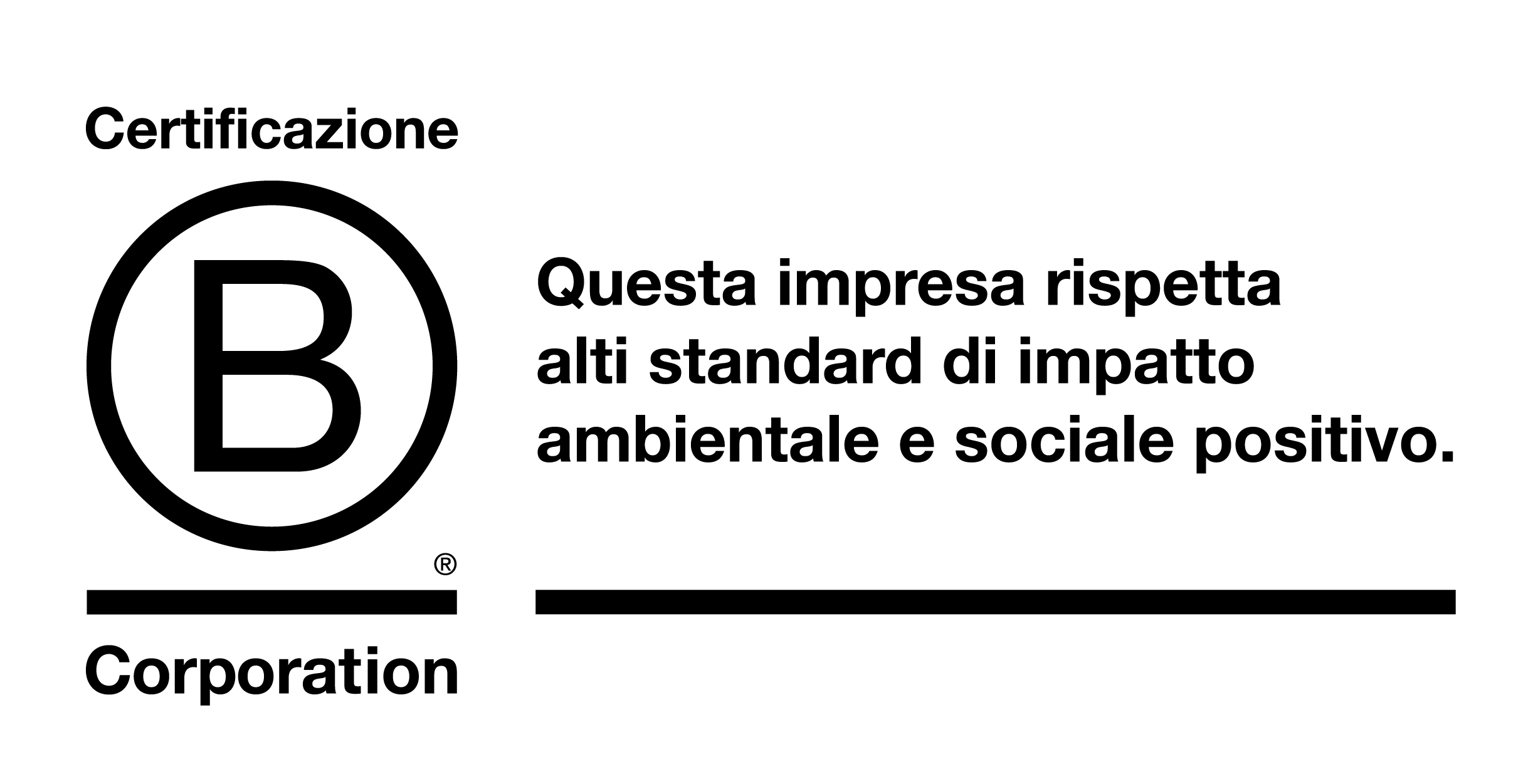Eco-sustainable recycled wool: what it is and why it is important to recognize it
The search for alternatives to man-made fibers full of chemicals has become essential to achieve sustainable garments and reduce the environmental impact on our planet.
In this context, wool is increasingly returning to the spotlight.
But what are the properties and benefits of wool? And in what cases can we define the wool we wear as eco-sustainable?
In this article we will answer these and other questions, plus we will discover together the world of wool and its eco-sustainable variants.
The characteristics of wool
Unlike cotton, wool is produced using the fleece of animals such as sheep and goats. For generations it has been used as a basic material for the manufacture of clothes, bedding and household items.
It is an amazing material with many important properties that give it a high quality. For example, one of its great advantages is that it absorbs moisture, drawing it into its fibres.
This can be very useful when looking for a garment that will stay dry for a long time.
Furthermore, wool is a highly breathable material and those who wear wool clothes feel a pleasant feeling of lightness and softness.
In addition to the well-known flame retardant and insulating properties of wool, it should be noted that lanolin naturally present in its fibres repels dust mites and bedbugs.
In short, it is an ex
cellent solution for the wardrobe of adults and children suffering from asthma or eczema.
What is eco-friendly wool?

The same wool that our grandmothers used to use to make sweaters and warm scarves has now become one of the most trendy and popular eco-friendly materials on the market.
But in which cases can we talk about eco-sustainable wool?
The main advantage of wool is that it is completely natural, provided that no chemicals such as synthetic dyes and preservatives are added during its processing.
In addition, sheep and goats, from whose hair this precious material is obtained, can also play their part in the fight against climate change.
In fact, their presence in pastures helps to stabilise the nutrient balance of the soil and improve its capacity to absorb water.
This increases the organic matter in the soil, making it an important carbon store.
These are the rules that farmers must respect in order to provide textile factories with an organic raw material:
Feed and fodder for sheep must be 100% organic. Sheep may not be the result of genetic engineering and the administration of synthetic hormones is prohibited
The use of synthetic pesticides on pastures is prohibited and animals may not be treated with pesticides which are toxic to them or to exposed persons
- all the required livestock management practices must be applied
The process of producing eco-sustainable wool
What happens when organic raw wool arrives at the factories or factories that process it?
In order for the finished product to be the result of eco-sustainable production, it is necessary that no chemicals and pollutants are used.
However, there are disadvantages to the processing of wool, even when the wool is produced with complete respect for all the eco-sustainable standards.
We are talking, for example, about the huge consumption of water and energy that wool processing involves and the enormous environmental impact of virgin cashmere.
In recent years, however, ancient techniques of recycling textiles have been rediscovered, thanks to which it is possible to safeguard environmental resources and produce quality and eco-sustainable products.
Applying these procedures to old woolen garments or processing waste, recycled or mechanical wool is thus obtained.
Recycled wool is in fact obtained thanks to the recycling process, used for many years in manufacturing and perfected in the city of Prato during the fifties.
This ancient process is based on the collection and processing of used rags and clothes: at the end of the processing we obtain a quality fabric with low environmental impact, whose fibres have all the characteristics of the original fabrics.
In fact, recycled wool is as pure and soft as virgin wool and it is practically impossible for our customers to distinguish them!
The benefits of wearing recycled wool
At this point you may be wondering what the advantages of wearing recycled wool are.
Choosing recycled wool is a gesture of great environmental awareness.
In fact, only 100 grams of CO2 are released into the atmosphere to produce one kg of wool, compared to 6500 kg for the production of 1 kg of new wool.
In addition, water consumption is reduced by 90% and energy consumption by 77%.
Finally, no chemical dyes are used in the production cycle, thanks to the preliminary subdivision of rags by colour.
Conclusions
In this article we have discovered together the great qualities of wool, which make it a first choice material.
Wool is a fashionable fabric and, when produced in an environmentally sustainable way, is very beneficial in terms of environmental impact. We decided to use cashmere wool, which is even softer and lighter than traditional wool.

The environmental impact will be reduced to a minimum if you choose to wear recycled cashmere wool: it is, in fact, a highly eco-sustainable product with all the characteristics of the original.
Would you like to know more about all our products in recycled cashmere wool? Visit our store!


 Copyright Rifò - All Rights Reserved - C.F./P.Iva 02426250979 - REA: PO - 534385 - Cap. Soc. 16737,23 €
Copyright Rifò - All Rights Reserved - C.F./P.Iva 02426250979 - REA: PO - 534385 - Cap. Soc. 16737,23 €
Leave a comment
Your email address will not be published. Required fields are marked *